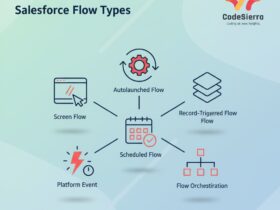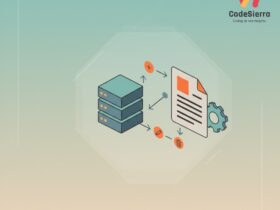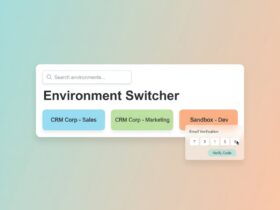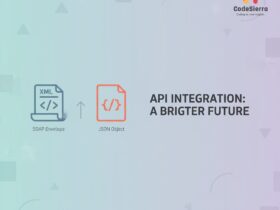Introduction
Maintaining and updating existing Salesforce Flows requires discipline, testing, and an established release process. The goal is to keep Flows reliable, performant, and aligned with business requirements while minimizing risk to production. Below are practical strategies and best practices I use to manage Flows at scale.
1. Audit, Inventory, and Documentation
Start by creating an inventory of all active Flows and their purposes. Document:
- Flow name and API name
- Trigger type (Record-Triggered, Scheduled, Screen, Autolaunched)
- Active version and last modified date
- Owner and business process owner
- Dependencies (objects, fields, Apex actions, integrations)
Good documentation reduces guesswork and speeds troubleshooting when changes are required.
2. Versioning and Source Control
Use Flow versions and store Flow metadata in source control (Git). For each change:
- Create a new Flow version instead of editing an active version directly.
- Export Flow metadata to source control using SFDX or Metadata API so changes are tracked.
Example SFDX commands:
sfdx force:source:retrieve -m Flow:My_Flow_API_Name
sfdx force:source:push
3. Sandbox Development & Feature Branches
Always develop Flow changes in a sandbox or scratch org. Use a branching strategy:
- Feature branches for each Flow change
- Pull requests with reviewer approvals
- Link PRs to tickets describing business logic and test scenarios
4. Automated & Manual Testing
Flows need both automated coverage (where possible) and manual test cases:
- Unit tests for Apex actions invoked by Flows
- Record-triggered Flow test records in a sandbox to validate branching and bulk behavior
- Regression test suites for business-critical Flows
Maintain test data templates and steps in your documentation so QA can reproduce scenarios quickly.
5. Bulkification & Performance
Ensure record-triggered Flows are bulk-safe. Common tactics:
- Prefer collection-based operations instead of record-by-record DML
- Use “Before Save” Updates for simple field updates to avoid extra DML
- Monitor CPU time and SOQL counts; move heavy logic to Apex if necessary
6. Monitoring, Logging & Alerts
Set up monitoring to catch failures early:
- Use debug logs and platform events for complex Flows
- Create error handling paths in Flows that log failed cases to a custom object
- Integrate with monitoring tools or email alerts for repeated failures
7. Deployment & Release Management
Deploy Flow versions using CI/CD and follow a clear release process:
- Promote the tested Flow version from sandbox to staging, then to production
- Use Change Sets or, preferably, CI/CD pipelines with SFDX/Metadata API for reproducible deployments
- Coordinate releases with stakeholders — especially if Flows affect UI or integrations
8. Backout & Rollback Strategy
Always have a rollback plan in case a new version breaks behavior:
- Keep the previous Flow version active as a quick fallback
- Use source control tags/releases to revert to a prior metadata state
9. Security & Access Controls
Review running user contexts and make sure Flows run with the least privilege required. Check:
- Flow user permissions for fields and objects
- Whether to run in system context or user context depending on business needs
10. Continuous Improvement & Refactoring
Periodically review Flows to remove obsolete logic, consolidate duplicated patterns, and replace fragile screen-based flows with modular autolaunched flows where appropriate.
Practical Checklist Before Making a Change
- Identify affected records and sample data
- Confirm tests exist and add test cases for new branches
- Estimate performance impact (DML/SOQL counts)
- Communicate schedule to users and stakeholders
- Deploy to sandbox → run tests → deploy to production during low-traffic window
Sample Flow Metadata Snippet (versioned)
When exporting flows the metadata includes version and status information. Example snippet:
<Flow xmlns="http://soap.sforce.com/2006/04/metadata">
<apiVersion>58.0</apiVersion>
<status>Active</status>
<processType>Flow</processType>
</Flow>
Conclusion
Maintaining and updating Flows is a blend of process, tooling, and quality practices: document everything, use versions and source control, test thoroughly, and deploy via CI/CD. With monitoring, rollback plans, and periodic refactoring, Flows remain resilient and aligned with business needs.










Leave a Reply